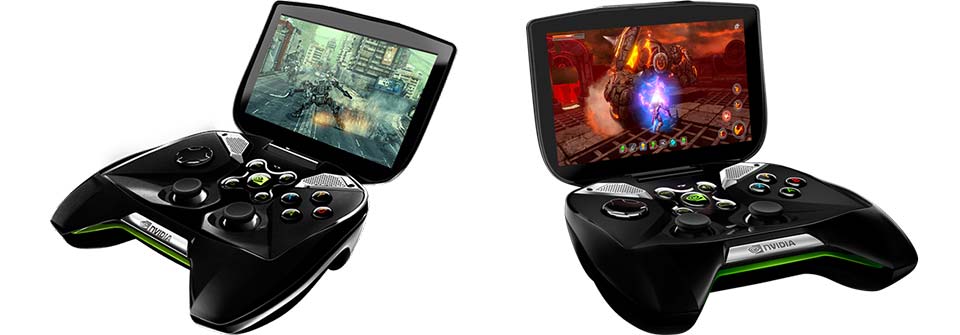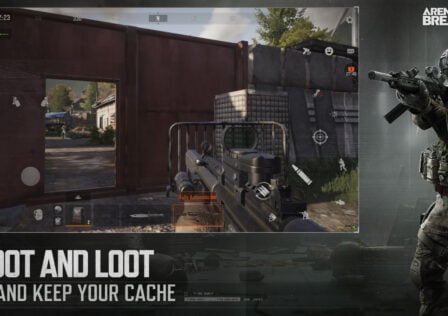Probably one of the biggest or most surprising announcements this CES was nVidia’s Project Shield which, if you missed the announcement, is their Android-based portable gaming system that not only runs Android games (THD or other) but also PC games streamed from your PC.
While some of the hardware isn’t final yet, such as storage space and RAM, we do know that Project Shield sports nVidia’s new Tegra 4 chipset and comes with a 5″ 720p touchscreen which makes whatever you play on the system look quite nice. However seeing the prototype unit in the press conference is one thing, playing on the device is something else.
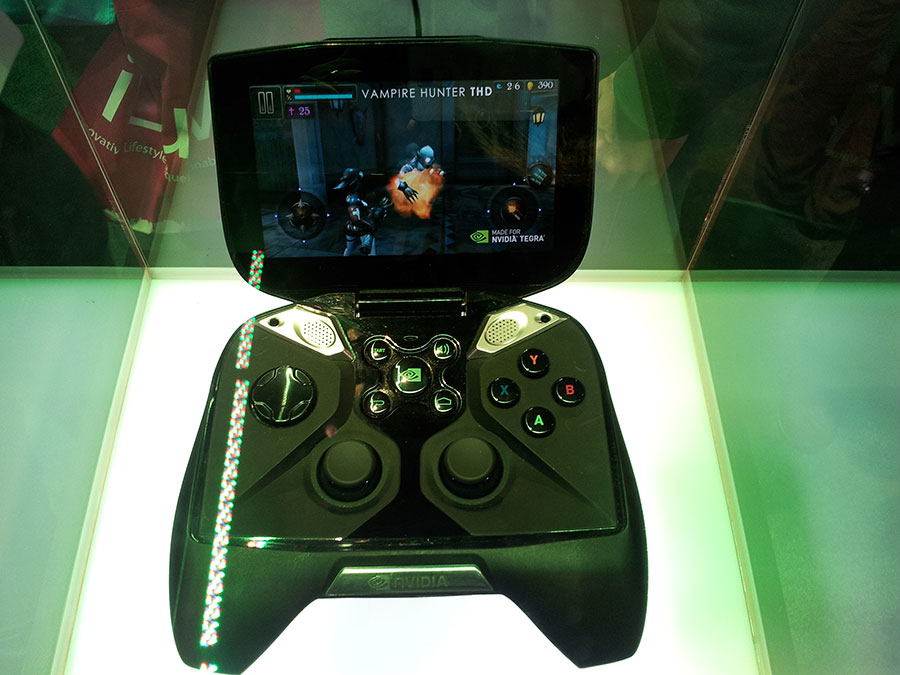
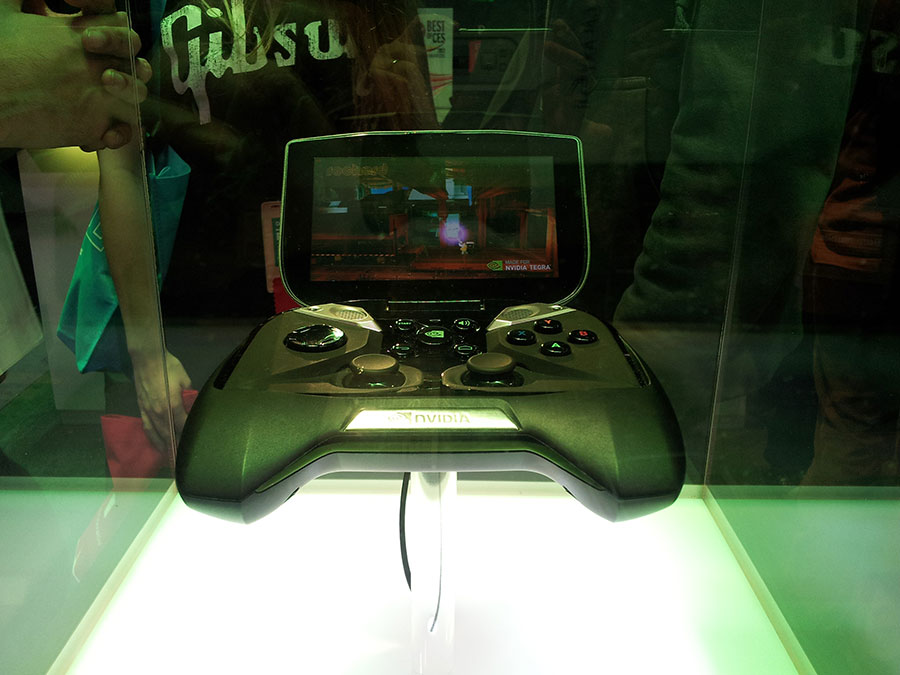
For starters this is a portable gaming system, not a fancy Xperia Play or anything like that. This means no phone calls since it’s not a phone. We just need to get that out of the way because some people thought that this was able to make phone calls at first. This puts Project Shield in the portable console genre alongside the PS Vita and other similar portable console units.
Holding onto the Shield is actually quite comfortable, especially if you are already a console gamers. That’s because the unit is built on a full game controller similar to the Xbox 360 controller. It’s not heavy or bulky at all. All the controls you could want are available for you to use and are all within reach as they should be for when you are gaming.
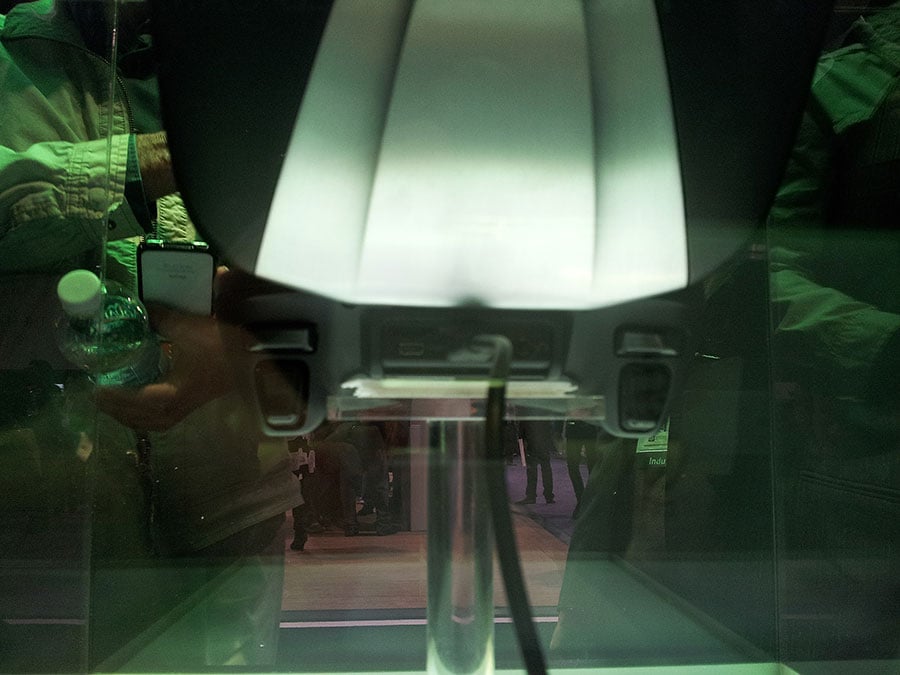
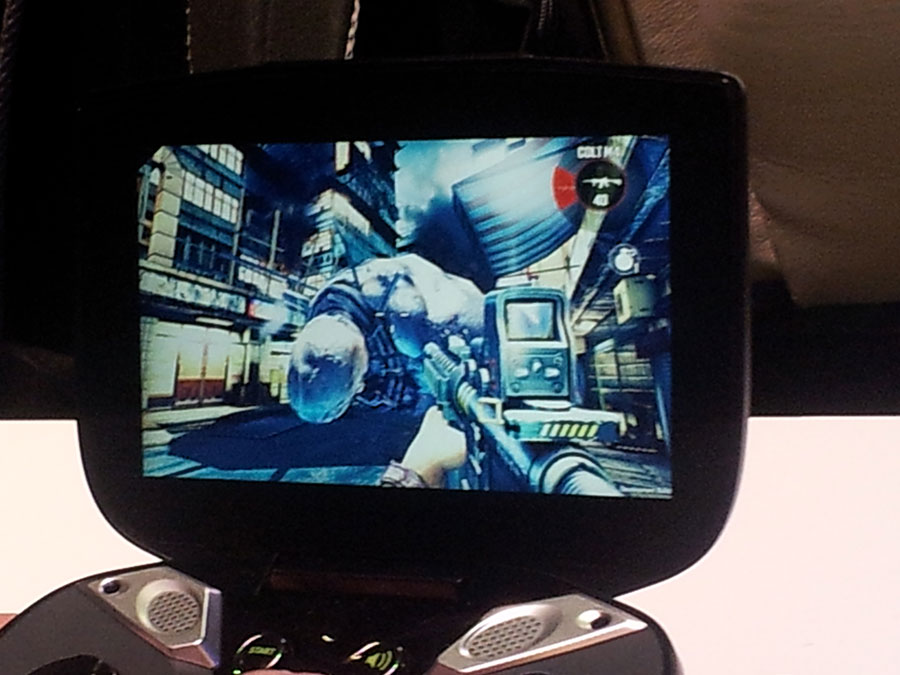
Performance-wise, even as a prototype unit, the Shield ran buttery smooth and with an early preview build of Dead Trigger 2, we didn’t experience any hiccups at all. The only thing we couldn’t check out was the computer connectivity to stream a PC game to the Shield as no PC was available at the time to test it out. However, Dead Trigger 2 looked ridiculously great on the screen and the controls made playing it a joy, making us think if it’s even possible playing it with touch controls.
Right now the PC portion of the unit only works if you’re on the same Wifi as the PC streaming the game and if it has a GeForce GTX processor installed. This will eventually change though once nVidia’s GRID becomes available, allowing players to connect to the game streaming service anywhere with their Shield (or any other Android device for that matter) and play full PC games.
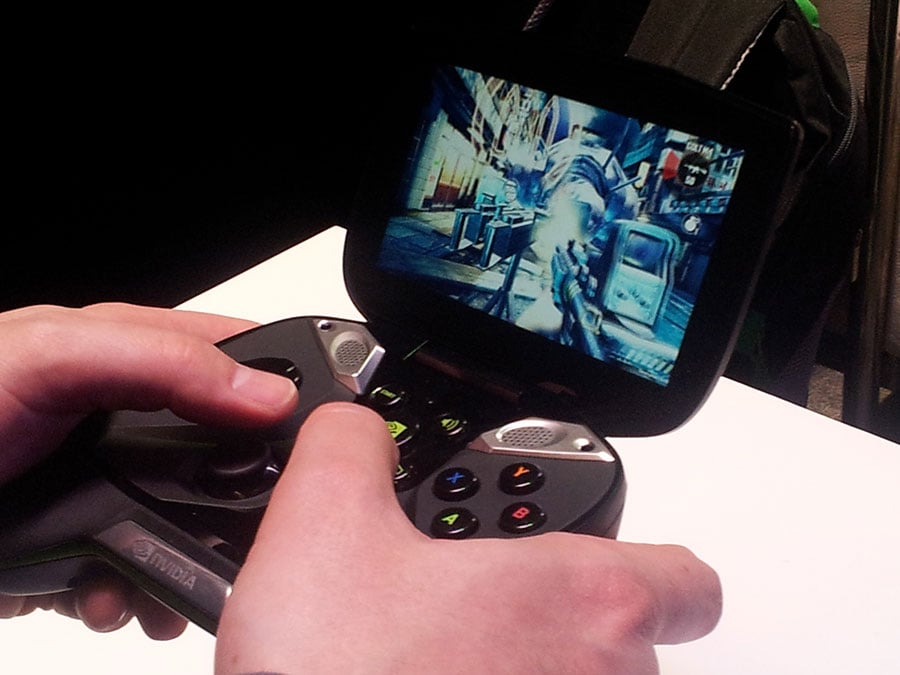
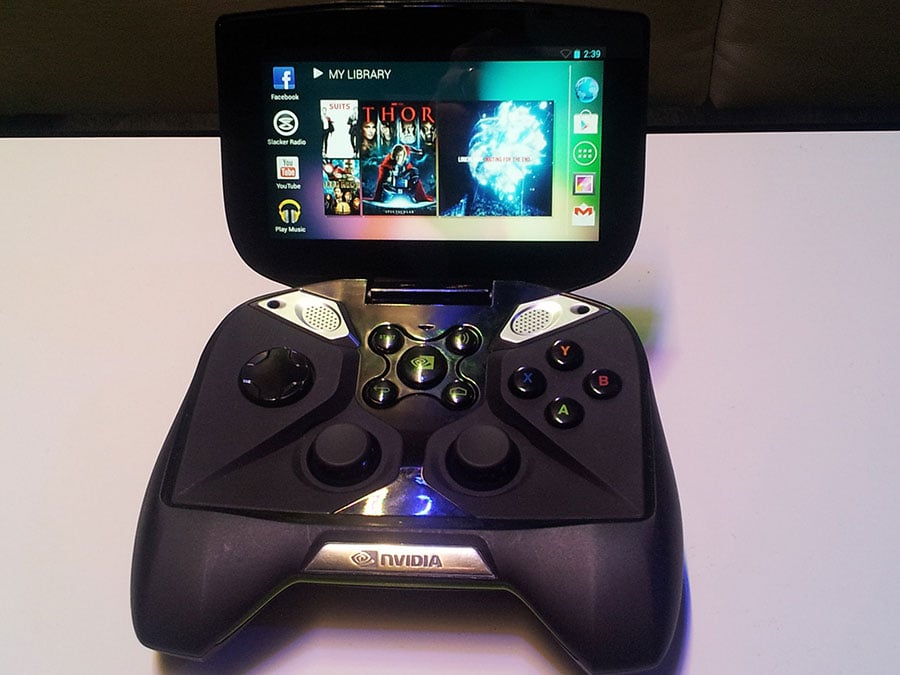
Project Shield isn’t limited to gaming either and can control movies, TV shows and other media regardless if you’re watching it on the 5″ screen or using HDMI to play it on your HDTV. It has all the industry standard hook-ups available through the back including HDMI, USB, Headset jack and a MicroSD card slot.
Many people had asked us to inquire about button mapping from non-Tegra based games and if something would come native with the Shield to allow that. As of right now the answer is no, there is no application native to the Shield to allow people to button map out games that are not Tegra-based games or games that don’t come with controller support. However, nVidia said they will work with anyone who wants to bring controller/Shield support to their games and since the platform is open (stock Jelly Bean), developers can add their own support as well or people can come up with an application such as GameKeyboard to give people the opportunity to button map the games they want to play.
Since this is stock Android, that also means we can expect to see ROMs being developed for it shortly after Shield’s release. That opens up a whole new list of possibilities for this little device. Emulators will be pretty awesome to play on the Shield.
After spending some time with Project Shield and playing Dead Trigger 2 on it, it is hard not to be excited to pick up one of these the day that they launch. Right now there is no word on pricing but nVidia did say it would be competitive and not ‘stupidly priced’. As for when Project Shield will arrive, we were told it would be some time in Q2 2013.


